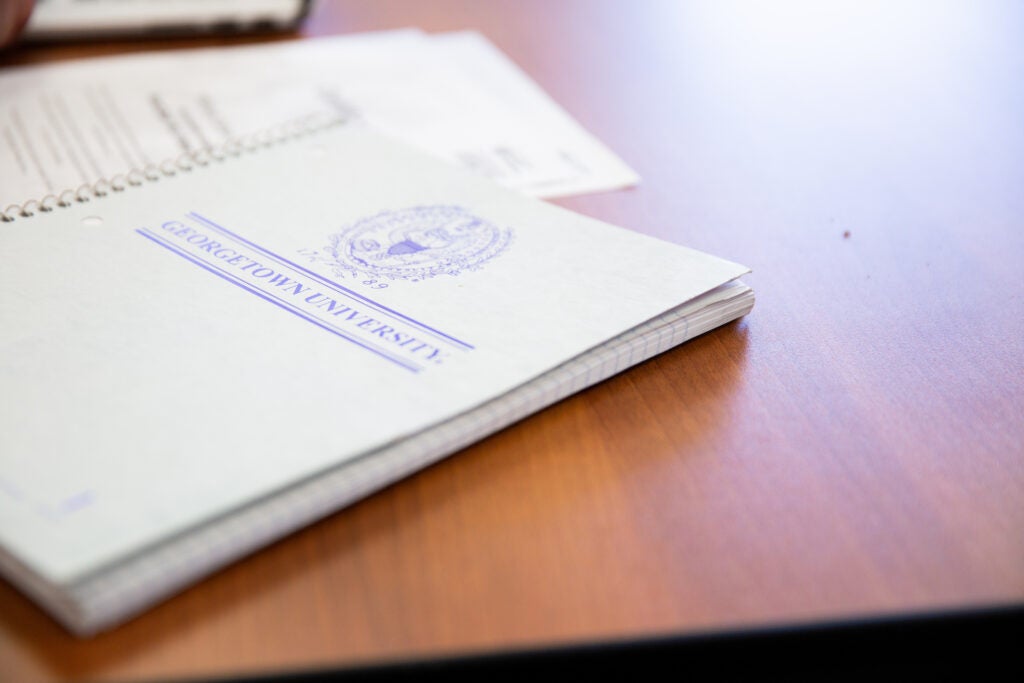The Career Planning Process: Execution

It’s Time to Make Your Move
Okay, grad students—cue the soundtrack to your favorite action movie. The planning is done, your resume is polished, your LinkedIn is glowing, and you’ve practiced your “Tell me about yourself” answer more times than you’ve refreshed your Canvas dashboard.
Welcome to the Execution Phase of your career planning process. This is the moment where intention becomes action, and all those bullet points and networking efforts begin to take shape. It’s showtime, and you’re the main character.
Let’s break it down—here’s what executing your plan looks like (without the stress spiral).
Step 1: Apply Like You Mean It – But Don’t Apply to Everything
Repeat after me: Quality > Quantity.
Sure, you could apply to 50 jobs in one weekend, but if your application is more generic than a pumpkin spice latte in October, it’s not going to get you far.
Execution means being intentional with your time and energy. Review the job description, tailor your resume to highlight the right skills, and write a targeted cover letter (yes, even if they say it’s optional—because guess what? It’s not).
Use our Resume Worded platform to score and tweak your resume. Then come meet with a coach to boost it even further. We’re the hype team you didn’t know you needed.
Step 2: Track Your Progress Like a Grad School Syllabus
If you wouldn’t start a semester without a planner (or at least 14 different Google Calendar color codes), don’t treat your job search like a guessing game.
Make a spreadsheet—or use a template from our Grad Career Center—to track:
- Job titles
- Companies
- Application dates
- Status updates (interviewed, ghosted, rejected with kindness, etc.)
- Who you’ve networked with
This will help you stay organized, follow up effectively, and spot patterns (like always applying to jobs that don’t quite align—oops).
Bonus: Keeping track helps you feel productive when the results aren’t immediate. And in the execution phase, mindset matters just as much as action.
Step 3: Interview Like a Pro, Not a Panic Button
You’ve landed an interview? Congrats! But now’s not the time to “wing it” or rely on caffeine and good vibes.
Schedule a mock interview with us, use Big Interview to practice virtually, and please research the company. (They will ask, “Why do you want to work here?” and you’ll want to say more than “You’re hiring.”)
Also: prep thoughtful questions. Interviews are two-way streets. Ask about team culture, professional development, or recent projects—not “How much PTO do I get?” (We’ll get to that later.)
And don’t forget: you are qualified. If you weren’t, you wouldn’t be in the room. Own your story—even if it includes a winding path, an unexpected detour, or a thesis that still needs edits.
Step 4: Follow Up Like a Thoughtful Pro (Not a Stage-5 Clinger)
After your interview, send a thank-you email. Make it warm, specific, and timely (within 24 hours). Mention something discussed in the interview, reiterate your enthusiasm, and don’t copy/paste the same email to every panelist. You’re better than that.
This tiny act can set you apart. And yes, recruiters do notice.
Final Thought: You’re Not Behind—You’re in Progress
The execution phase can feel like a lot. Rejections sting. Silence is frustrating. But remember: it’s not personal. Hiring timelines are strange, hiring managers are busy, and sometimes your application gets seen weeks later.
Stay consistent. Keep reaching out. And don’t be afraid to pause, reassess, and refine your strategy with your career coach (ahem, that’s us!).